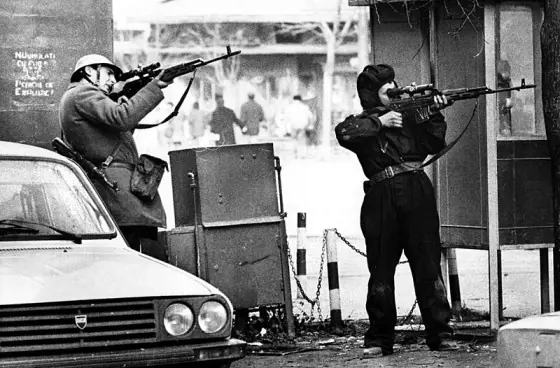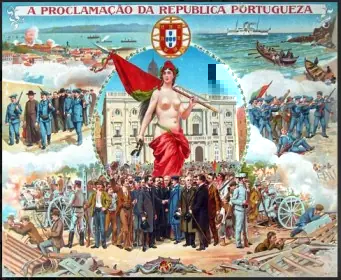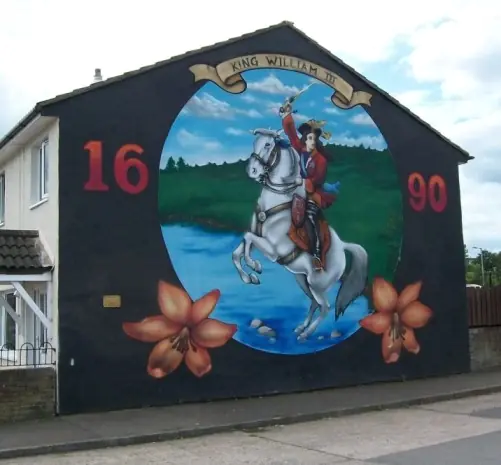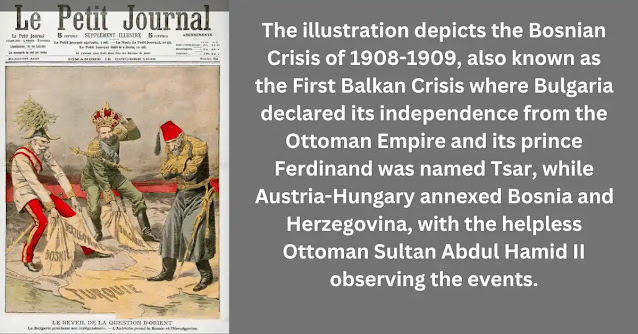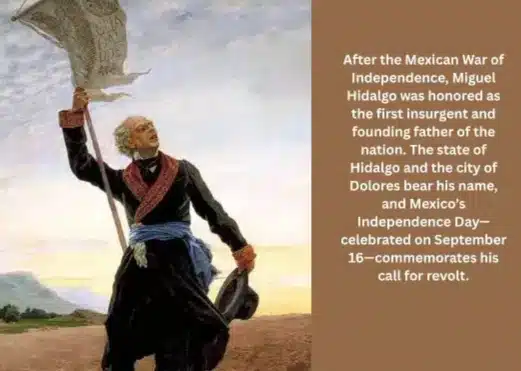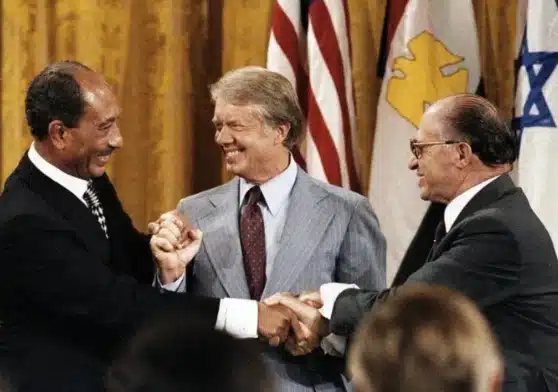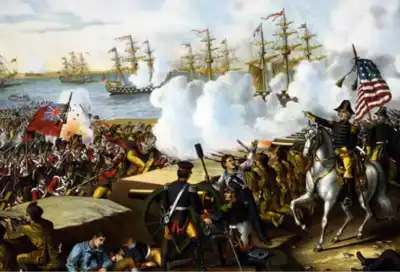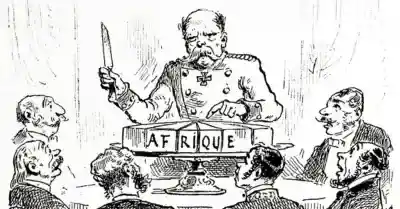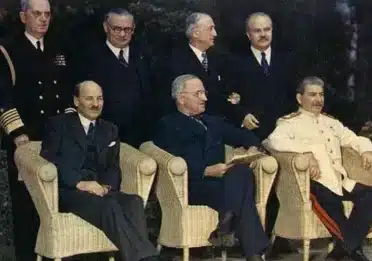The Eighty Years’ War: A Struggle for Dutch Independence
On 30 January 1648, the Peace of Münster was signed between the Lords States General of the Seven United Netherlands and the Spanish Crown, marking a significant moment in Dutch history. It was negotiated separately from the Peace of Westphalia. It is notable because it officially recognized the independent Dutch Republic and brought an end to both the Thirty Years’ War and the Eighty Years’ War. This treaty played a key role in shaping the Dutch Golden Age.
The Eighty Years’ War, commonly referred to as the The Dutch Revolt and Dutch War of Independence, spread-out in the 16th and 17th centuries, located the rebellious provinces of the Low Countries against the formidable Spanish Empire.
Throughout this protracted conflict, the Netherlands aimed to achieve economic and political independence from Spain. As a prosperous region, the Dutch no longer wished to finance Spain’s numerous military campaigns across Europe.
The term “Low Countries” generally refers to the region in Western Europe, encompassing the modern-day countries of Belgium, the Netherlands, and Luxembourg. This region is bordered by Germany to the east and France to the south.
💻 Table of Contents:
- The Low Countries and Spanish Rule
- William the Silent: The Father of the Dutch Revolt
- The Pacification of Ghent and the Union of Utrecht
- Spain’s Response: The Duke of Parma and the Truce of Antwerp
- The Final Chapter: The Thirty Years’ War and the Treaty of Westphalia
- Legacy of the Eighty Years’ War
During the period of the Eighty Years’ War, which this article discusses, the Low Countries were a part of the larger Spanish Empire and were ruled by the Habsburg Monarchy. The war was largely a struggle for independence by the provinces within the Low Countries against Spanish rule and led to the eventual establishment of the Dutch Republic, which is now known as the Netherlands.
 |
| Source of Image: Google, William of Orange |
Spanning an astonishing eight decades from 1568 to 1648 (interrupted by a twelve-year period of truce), this long conflict holds a prominent place in European history. Its ultimate outcome was the birth of the Dutch Republic as a fully sovereign and independent nation.
The war primarily involved the Dutch Republic (also known as the United Provinces) and the Spanish Empire. However, several other countries like France, England & Holy Roman Empire (which was a loose confederation of German states) were also involved in the conflict at various stages in support of the Dutch Republic either for geopolitical interest or religious dynamics. Portugal, which was under Spanish rule from 1580 to 1640, was indirectly involved in the conflict. Portuguese troops fought on both sides, with some supporting Spain and others joining the Dutch cause.
In the pages that follow, we will delve into the origins, significant events, and enduring repercussions of the Eighty Years’ War, lighting its pivotal role in shaping the modern Dutch state.
The Low Countries and Spanish Rule:
To grasp the origins of the Eighty Years’ War‘ War, it’s crucial to delve into the political and religious dynamics of the 16th century Low Countries. The ruler of this vast empire was King Philip II of Spain, who was determined to impose Catholicism throughout his territories.
During Philip II’s rule, there was a growing conflict called the Protestant Reformation in Europe. This led to increased religious tensions. In the Low Countries, especially in the Northern provinces, most people had adopted Protestantism, which clashed with the Catholic Habsburg rulers. The Spanish Inquisition was imposed, and Protestants were oppressed, which made people unhappy and resistant. This eventually led to a rebellion.
William the Silent: The Father of the Dutch Revolt
A pivotal figure in the Eighty Years’ War was William of Orange, often referred to as William the Silent. Born into aristocracy, he initially served in the Spanish army before emerging as a prominent leader of the Dutch Revolt. William of Orange had the wisdom to understand the importance of bringing together the unhappy provinces in their struggle against Spanish oppression.
 |
| Image Source: Google, An Attack on a Caravan |
The Eighty Years’ War formally instigated in 1568 when the Dutch provinces, led by William of Orange, launched a series of uprisings against Spanish rule. The uprising was marked by its random and reorganized nature. The rebels, known as the Geuzen (Sea Beggars), engaged guerilla warfare tactics and made use of a network of waterways to their advantage. His leadership and strategic vision played a decisive role in the establishment of the Union of Utrecht in 1579, a foundational step in forging a united front against Spanish rule. These early battles set the stage for a continued conflict that would suffer for several decades.
The Pacification of Ghent and the Union of Utrecht:
Amid the ongoing war, the Dutch provinces found common ground in their desire for independence. In 1576, they signed the Pacification of Ghent, a treaty that united these provinces in their stand against Spanish rule. This temporary alliance aimed to maintain religious tolerance and the withdrawal of foreign troops from the region. However, internal conflicts and foreign interference, especially from France and England, made things more complicated.
The Union of Utrecht, on the other hand, was signed in 1579, three years after the Pacification of Ghent. The Union of Utrecht marked a crucial turning point in the war. This document declared the Northern provinces’ intention to separate from the Habsburg Monarchy and established the foundation for a unified, independent Dutch state. The southern provinces, which later became modern Belgium, remained under Spanish control, leading to the division that exists to this day.
 |
| Image Source: Google, A Dutch Squadron attacking a Spanish Fortress |
💻 You May Also Like:
- History of Dutch Brazil: And Division of the New World by the Pope
- Dutch New World Legacy: New York City as the financial capital of the World
- The British-Dutch Battle in South Africa: A Clash of Empires
- Tasmania’s Dutch Connection: A Historical Journey
- Indonesia’s Fragmented Archipelago: Dutch Colonial Advantages
Spain’s Response: The Duke of Parma and the Truce of Antwerp
The Spanish response to the Union of Utrecht was led by the Duke of Parma, Alexander Farnese, a capable military commander. Parma initiated a series of campaigns to recapture the rebel-held provinces. His most notable achievement was the Siege of Antwerp, which took place from 1584 to 1585. The siege was a brutal and punishing affair, lasting for over a year and causing immense suffering in the city. Antwerp finally fell to the Spanish forces in 1585, marking a significant loss for the Dutch rebels.
During this period, the conflict had far-reaching consequences for the Spanish Empire as well. The constant need to allocate resources and troops to the Low Countries drained Spain’s wealth and manpower. However, it was also during this time that Spain was experiencing its so-called “Golden Age,” marked by flourishing culture, art, and wealth from its colonies in the New World.
The Truce of Antwerp, also known as the Twelve Years’ Truce, was a temporary peace treaty signed during the Eighty Years’ War in 1609. This truce marked a termination of hostilities between the Dutch Republic (the rebellious provinces in the Low Countries) and the Spanish Empire, which had been engaged in a long and costly conflict. The truce was brokered to bring about a pause in the fighting and allow both sides to regroup and negotiate.
 |
| Image Source: Google, The Cuirassier in the Eighty Years War |
A “truce” in this context refers to a temporary suspension of hostilities or a ceasefire, usually with a specified duration. It was a formal agreement to stop fighting for a particular period, typically with the intent of creating an opportunity for diplomatic negotiations or to provide a respite from the rigors of war. In the case of the Truce of Antwerp, it was a 12-year break in the conflict between the Dutch Republic and Spain to facilitate diplomatic discussions.
During this break, the Dutch Republic could make its progress more secure and build its systems. At the same time, it let Spain pay attention to different parts of its empire. The Twelve Years’ Truce, which lasted until 1621, was marked by a period of relative stability in the Low Countries. In this period, the Dutch Republic gained acknowledgment from many European countries, signaling the emergence of a new nation. However, the truce eventually broke down due to unsettled differences and rising hostilities.
The Final Chapter: The Thirty Years’ War and the Treaty of Westphalia
The fight started again, and it got mixed up with a bigger war called the Thirty Years’ War, which affected much of Europe. In this war, the Dutch and their allies fought against the Spanish and Habsburg forces, reaching its most climax point in the 1620s and 1630s.
The formation of the Franco-Dutch alliance in 1635 resulted in the French conquest of the Walloon provinces and a continuous French expansion into Flanders (presently part of Belgium). Concerned about France’s increasing power, both the Dutch Republic and Spain opted for a separate peace (The Peace of Münster) in January, 1648 by which Spain finally recognized Dutch independence.
Finally, in October, 1648, they put an end to the Eighty Years’ War by signing the Treaty of Westphalia. This treaty did more than just say the Dutch Republic was its own country; it also marked the finish of the wider Thirty Years’ War. The treaty’s provisions solidified the international status of the Dutch Republic, confirming it as a sovereign and independent nation.
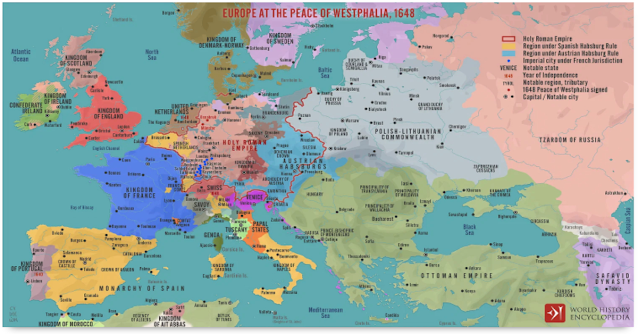 |
| Image Source: Google, The Peace of Westphalia |
Legacy of the Eighty Years’ War:
The Eighty Years’ War had a profound and enduring impact on the history of the Netherlands and Europe as a whole.
Dutch Independence:
The war resulted in the establishment of the Dutch Republic as a fully independent nation. The newly formed Dutch state had achieved a high degree of political and religious tolerance, making it a haven for religious dissenters from across Europe.
Rise of Dutch Commerce:
The Dutch Republic rapidly emerged as a global economic powerhouse. Its maritime prowess, exemplified by the Dutch East India Company (VOC), led to the Dutch Golden Age in the 17th century. The Republic became a major player in international trade and finance, with Amsterdam becoming a global financial center.
Religious Freedom:
The Dutch Republic was known for its religious tolerance, offering a safe haven for religious minorities and dissenters. This religious freedom was a stark contrast to the religious persecution that characterized the Spanish Empire.
Republican Government:
The Dutch Republic adopted a republican form of government, with power distributed among various provinces and cities. This political structure influenced Enlightenment thinkers and had a lasting impact on the development of modern democratic ideals.
 |
| Image Source: Google, Plundering of the Village of Wommelgem |
Influence on European Politics:
The Eighty Years’ War had significant implications for European geopolitics. The rise of the Dutch Republic challenged the dominance of the Spanish Empire and had a lasting impact on the balance of power in Europe.
Conclusion:
The Eighty Years’ War, lasting for eight decades, was a crucial period in Dutch and European history, leading to the establishment of the independent Dutch Republic. This conflict laid the foundation for the Dutch Golden Age, shaping values like religious tolerance, republicanism, and economic success, whose influence can still be seen in the Netherlands and Belgium today.
Estimating the exact number of casualties during the Eighty Years’ War can be challenging due to limited historical records and varying sources. The conflict lasted for several decades and involved numerous battles, sieges, and skirmishes. As a result, it is believed that a significant number of people lost their lives during the war. Estimates suggest that the total death toll could range from hundreds of thousands to over a million, including soldiers and civilians from both sides. This war of independence reflects a strong spirit of resistance and the pursuit of freedom against significant challenges.

